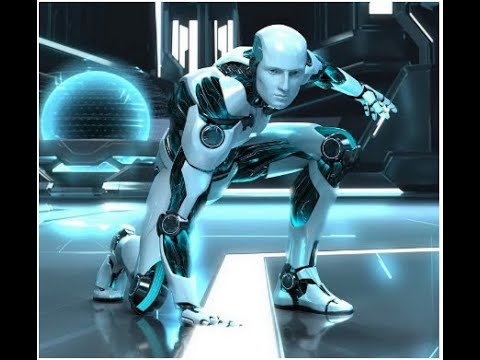Types of Industrial Robots
Industrial robots have become an integral part of many manufacturing processes, revolutionizing the way products are made. These highly efficient machines are designed to perform tasks with precision and speed, reducing manual labor and increasing production output. Based on their mechanical configuration, industrial robots can be classified into four major types: articulated robots, SCARA robots, Cartesian robots, and cylindrical robots.
Articulated robots, as the name suggests, resemble the human arm in structure. They consist of multiple rotary joints, allowing them to have a wide range of motion. These robots are widely used in applications that require dexterity and flexibility, such as welding, painting, and material handling. With their ability to reach around obstacles and maneuver in tight spaces, articulated robots have proven to be highly effective in various industries.
SCARA (Selective Compliance Assembly Robot Arm) robots are often used in assembly applications. They have a rigid arm structure with two parallel joints that provide motion along horizontal and vertical axes. SCARA robots excel in tasks that require precise coordination and repetitive actions, such as screwing, inserting, and picking and placing items. Their speed and accuracy make them ideal for assembly lines, where efficiency is crucial.
Cartesian robots, also known as gantry robots, operate on a three-dimensional Cartesian coordinate system. Their structure consists of linear rails that allow movement along the X, Y, and Z axes. These robots are commonly used in applications that require heavy lifting and high payloads, such as material handling and packaging. Cartesian robots offer stability and strength, making them reliable for demanding tasks in various industries.
Cylindrical robots, also called polar robots, have a single rotary joint at their base, which allows them to rotate around a fixed point. They have a long arm that extends in a cylindrical shape, giving them a large workspace. Cylindrical robots are preferred for tasks that involve tasks like arc welding and machine loading/unloading. Their structure allows them to have a compact footprint and reach hard-to-access areas, making them highly versatile in different manufacturing environments.
Each type of industrial robot has its own advantages and limitations, and companies must carefully consider their specific needs before choosing the right robot for their operations. Factors such as the required range of motion, payload capacity, and workspace accessibility play a significant role in determining the appropriate robot type.
In recent years, advancements in robotics technology have led to the development of collaborative robots, also known as cobots. These robots are designed to work alongside humans, enhancing productivity and ensuring safety. Cobots offer a new level of flexibility and versatility, allowing smaller businesses to implement automation in their processes without major infrastructural changes.
With the rapid pace of technological development, it is expected that the field of industrial robotics will continue to evolve. Integration of artificial intelligence, machine learning, and sensors into robotic systems will further enhance their capabilities and enable more complex and intelligent automation solutions.
In conclusion, industrial robots have revolutionized manufacturing processes, bringing efficiency, accuracy, and speed to the table. Their mechanical configuration determines their capabilities and limitations. Articulated robots, SCARA robots, Cartesian robots, and cylindrical robots provide distinct advantages and are suitable for different applications. The emergence of collaborative robots has further expanded the possibilities in industrial automation. As technology continues to advance, the future of industrial robots looks promising, with more intelligent and adaptable machines on the horizon.
Industrial Robot
“The Ultimate Guide to Different Types of Industrial Robots: A Comprehensive Overview”


